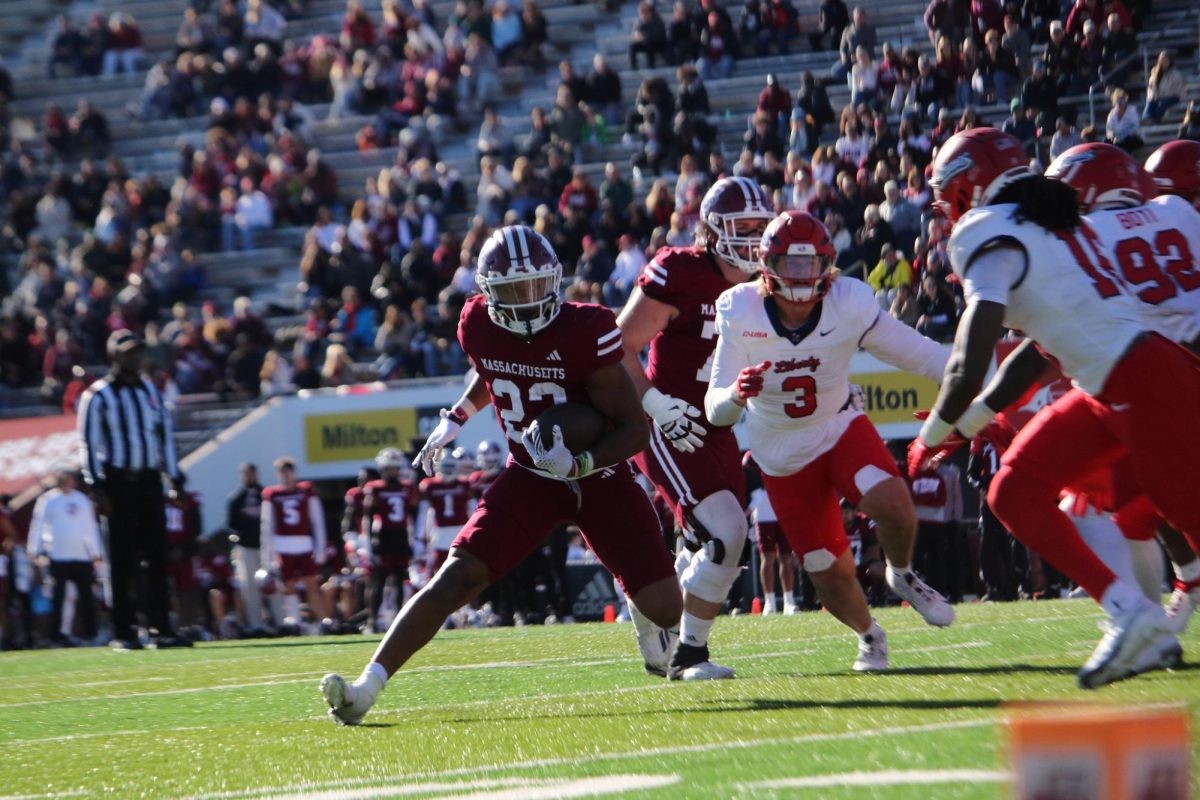As a teenager, it’s hard to imagine a world without MTV-a world barren of pop icons, visually imaginative videos, game shows, after school programs, steamy nighttime soaps and bawdy awards shows. Before August 1, 1981 the world was just that, absent of the sexually charged network. But since MTV’s inception, pop culture hasn’t been the same.
At a time when the Big Three networks still ruled the airwaves (not to mention the fact that cable was a luxury found in only in a handful of homes), Music Television was balked at by record companies, advertisers, and cable operators.
Twenty years and thousands of videos later, MTV is a mothership directing nearly every move in pop-culture. It has spun off sister channels VH1 and MTV2 and left other cable channels in the veritable ratings dust. Broadcast to 79 million homes in the U.S. and 271 million elsewhere, MTV is now seen in 140 countries-roughly 70 percent of the world. As a sideline, the network produces feature films (including such hits as Beavis and Butt-head Do America and Save the Last Dance). Its empire generates reported annual revenues of $3 billion.
But MTV is more than a corporate powerhouse. It jumpstarts careers and dictates nearly every pop-culture trend. Its children range from Madonna (the undisputed queen of MTV) to Britney Spears (a teen goddess for the new millennium). With 1988’s “Yo! MTV Raps,” it brought hip-hop into the mainstream; with 1992’s “The Real World,” it laid the groundwork for reality television. Such disparate figures as Adam Sandler and Bill Clinton have boosted their careers by appearing on the network.
Of course, MTV has changed the way we experience music and the way musicians compose it: A pop song is now something to be viewed as well as listened to. And as MTV’s popularity was on the rise, stars realized they needed their MTV. The artists who had a visionary eye for their music created quick-cut eye candy for audiences. Sales of Michael Jackson’s hit Thriller exploded after the video of the same name (whom critics still rank as the best video of all time) began airing. MTV’s ratings went through the roof.
By the mid-80’s, as hordes of competitors wooed MTV’s young audience, the network reinvented itself. The anchor in 1987 was the pop-trivia show “Remote Control.” The show heralded more television series for the network, with videos a diminishing presence. They aren’t even shown in full on the hit request show “Total Request Live,” MTV’s current franchise.
A select few of MTV’s biggest stars not only helped the channel become popular and changed pop music forever, but also helped break down walls of gender, race, and sexuality. Videos by gender-bender Boy George, Michael Jackson (the first African-American presence on the channel), gay icon George Michael, and sexual provocateur Madonna broke down stereotypical barriers that helped change society forever.
MTV has not only found a place in pop-culture but in culture, period. It prides itself as an innovator-one that has made pop out of rock, R’B, funk, hip-hop, and world beats. MTV’s worldwide audience offers unprecedented mass-exposure-the only medium to rival similar power is the radio.
The average age of the MTV viewer has, and will remain, a few months shy of 21. Back in the beginning the network had to decide whether MTV was going to grow old with the audience. Of course, the network decided not to. It’s importance then will remain as grand as it ever has. The only thing, then, that will grow is MTV’s relevance as a pop-culture monolith.






